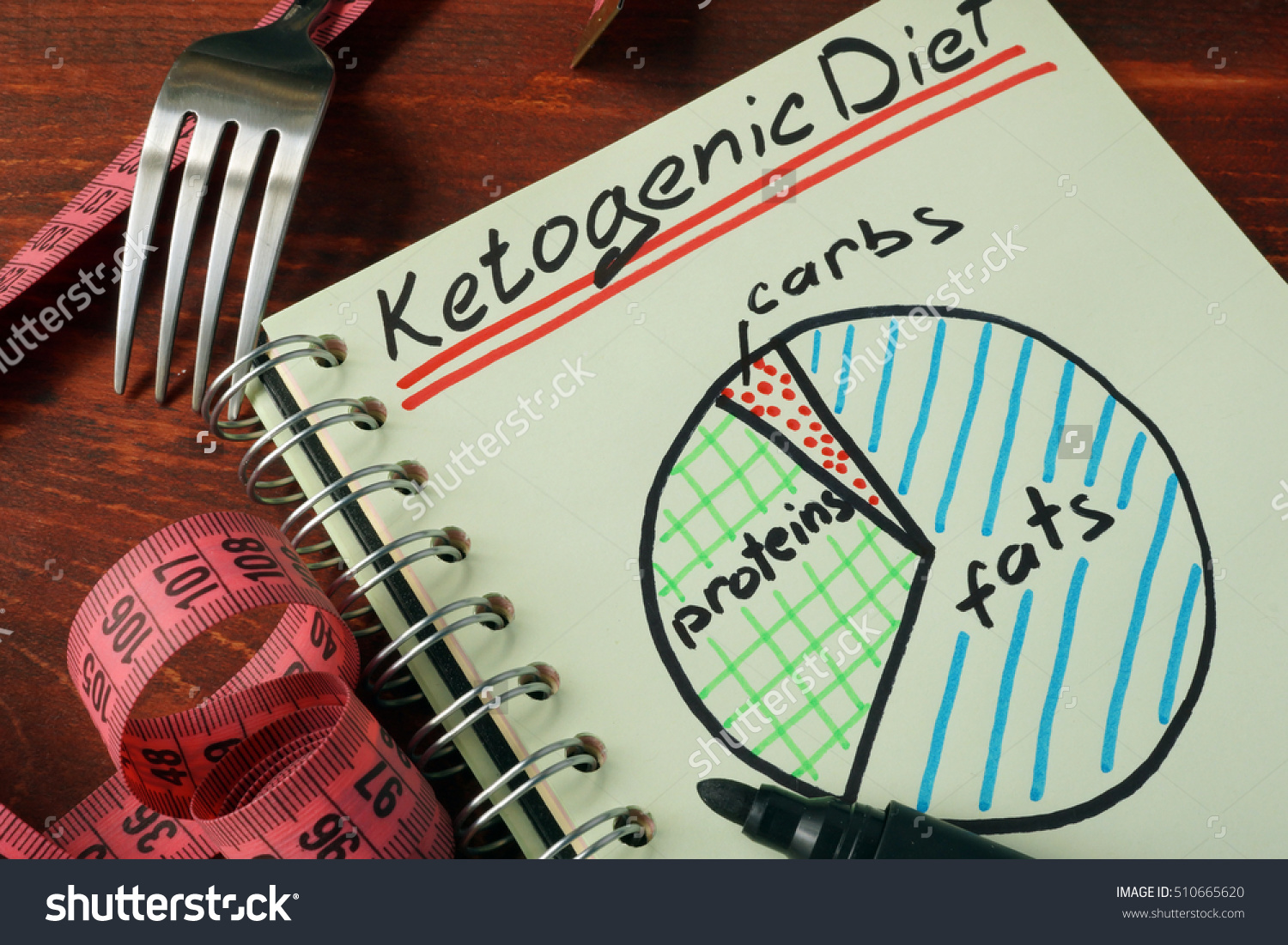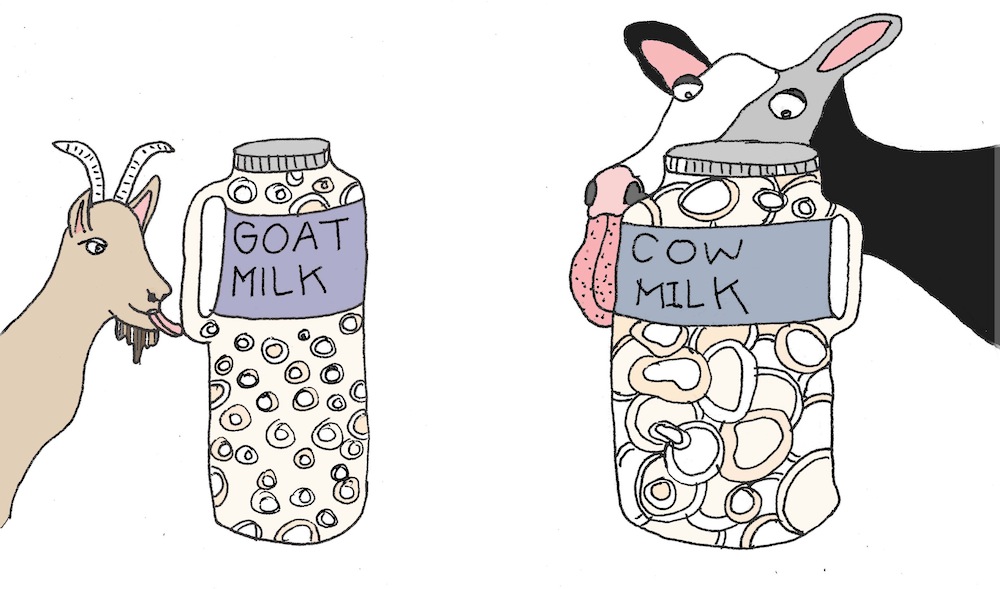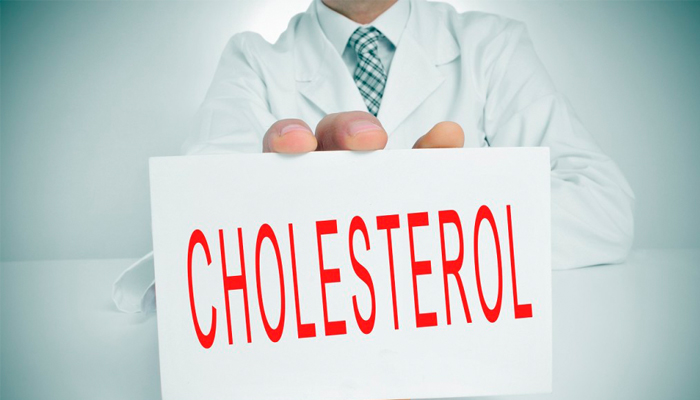Osteoporosis is a bone condition which occurs due to low bone mass or decreased bone strength. In literal terms, it means “Porous Bones”.
It happens when there’s an imbalance between new bone formation and old bone contraction. The new bone formation is unable to catch up with bone loss. As the bone mass is lost, it eventually weakens and becomes more prone to fractures especially in the areas like hip, spine, and wrist.
There are no obvious symptoms in the early stages of this “silent epidemic”, but towards the later stages, you might feel pain in the bones or muscles, especially in areas around the lower back. Apart from pain, people with osteoporosis may suffer from spinal compression fractures resulting in loss of height with a stooped back.
Statistics:
Around the world, at least one in three women and one in five men over the age of 50 will suffer a fracture caused by weak bones. The study conducted by the United Health Organisation estimated that more than 200 million people are affected by osteoporosis. Nine million fractures annually are reported.
Osteoporosis is common in both sexes and all parts of the World. About one in three women and one in five men over 50 years will suffer a fracture due to osteoporosis. By 2050, the incidence of hip fractures will increase drastically.
Causes:
Gender:
Women are more likely to develop osteoporosis than men. This difference is related to several reasons including the abrupt loss of estrogens at menopause, women start with a lower bone density and lose bone more quickly than men and women live longer than men.
Age:
Increasing age is associated with falling production of estrogens and testosterone, which increases osteoporosis risk. Levels of sex hormone binding globulin (SHBG) rise with age, binding to the sex hormones and reducing their total bioavailable levels, which further aggravates bone loss. Advancing age also means longer total exposure to chronic oxidant stress and inflammation, both of which contribute to the development of osteoporosis
Ethnicity:
Caucasian and South Asian people have a greater risk of osteoporosis.
Family History:
A family history of hip fracture carries a twofold increased risk of fracture among descendants.
Estrogens Exposure:
Women with late puberty or early menopause are at higher risk due to a decrease in estrogen exposure over their lifetime.
Slim stature (underweight):
People with a body mass index of 19 or less or have small body frames tend to have a higher risk because they may have less bone mass to draw from as they age.
Obesity:
Increased body fat was long thought to be protective against osteoporosis. Accumulating evidence, however, suggests that obesity-related components such as insulin resistance, hypertension, increased triglycerides, and reduced high-density lipoprotein cholesterol are all risk factors for low bone mineral density.
Cardiovascular Disease:
Cardiovascular disease and mortality are associated with osteoporosis and bone fractures. It’s not surprising since the two conditions share many mechanisms and risk factors, such as oxidant damage and inflammation.
Chronic Stress & Depression:
Both conditions increase cortisol production, leading to suppression of sex hormone production, increased insulin resistance, and enhanced release of inflammatory cytokines
Can Osteoporosis Be Prevented?
Osteoporosis is largely preventable. You can reduce your risk for osteoporosis by having a balanced diet and an active lifestyle.
Health Tips:
- Get the daily recommended amounts of calcium and vitamin D.
- Start exercising today. Regular exercise helps to build stronger and denser bones, and weight-bearing exercises are important for building and maintaining bone density.
- Avoid smoking and excessive alcohol. It can prevent estrogen from protecting the bones. Excessive drinking can also reduce bone formation.
- Reduce the intake of caffeine. Caffeine in coffee, tea, and some soft drinks may decrease calcium absorption. Try to maintain a low daily intake of drinks with caffeine, and offset the calcium lost by increasing your calcium intake.
- Say ‘no’ too salty snacks. Eating too much sodium can cause bone loss.



